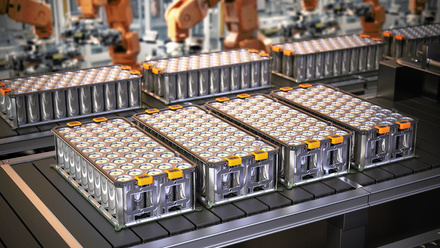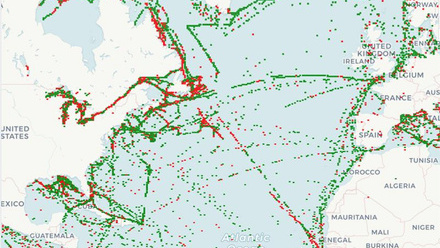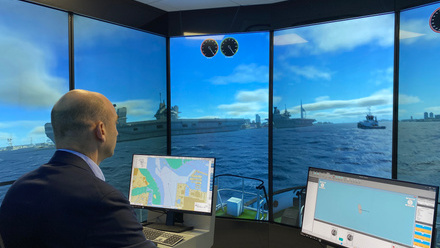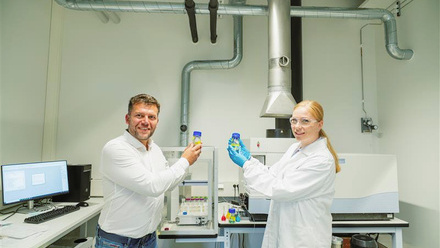Improved electrical safety on vessels expected as vital Special Interest Group rebooted
Having been dormant since 2021, the Marine Electrical Control System Safety (MECSS) Special Interest Group (SIG) is starting back up as the Marine Electrical SIG (MESIG).
The MECSS SIG originally started in response to some major incidents and a growing need for improved electrical safety on board vessels.
“One of the areas that I focused on was trying to articulate all the hazards that electricity brings in the marine environment. When you write them down, there’s a hell of a lot of them,” says Kevin Daffey, who chaired the former MECSS, during a recently held webinar about the relaunch.
Those hazards include shock, arc flash, magnetic fields, acoustic noise, lighting flicker, hazardous materials such as lithium batteries, tin whiskers, and electrostatic discharge.
Over the ten years the MECSS SIG ran, its remit included controls and software. It hosted five conferences - the Arc Flash Conference in 2011 and four Marine Electrical and Control Safety conferences held in 2013, 2015, 2017, and 2019.
“I wish to thank Kevin for still being active [in the MESIG] and pay tribute for what he has done over these years,” says John Prousalidis, professor at the National Technical University of Athens and chair of the newly established MESIG.
Although it will still look at safety, as the new name suggests, the MESIG will take a broader approach. “Marine electrical is more than just control systems, it also covers power, , communication, informatics, etc.,” explains Prousalidis.
This broad remit will mean the SIG will keep abreast of the growth of electrical systems on board vessels and changes in technologies, particularly as we move towards cleaner fuels.
“I am engaged in other organisations, such as the Institute of Electrical and Electronics Engineers (IEEE) and the International Energy Agency (IEA). Through these organisations, I have seen that electrification in the marine sector (ships, ports, offshore) is a hot issue closely related to sustainable electrification,” says Prousalidis.
The SIG held a relaunch webinar in October, where Daffey highlighted several developments that bring safety concerns. These include the use of DC distributors, batteries used for bulk energy storage as well as those carried as cargo, the increasing complexity of electrical systems – including the connections to the shore - and the introduction of multiple fuel sources, such as solar, hydrogen fuel cells, and diesel.
Alongside all of those is general electrical safety – the tools and equipment available, training, procedures, and incident reporting and response.
Prousalidis would like to bring together young professionals and older, more experienced professionals through the SIG. “We have seen the necessity of developing knowledge [for] university curricula, ship crew training, and so on…We need some guidelines, not only regarding safety but also designing, planning, and so on.
“First [we need to] outline the dangers, outline the considerations, and then start cultivating and developing the knowledge and training [to ensure safety on board],” Prousalidis says, noting that he would like to see marine electrical engineering more commonly offered as a speciality in engineering schools.
You can watch the relaunch webinar on IMarEST TV here.
Anyone who wants to learn more about the MESIG and get involved can contact John Prousalidis by email at [email protected].






